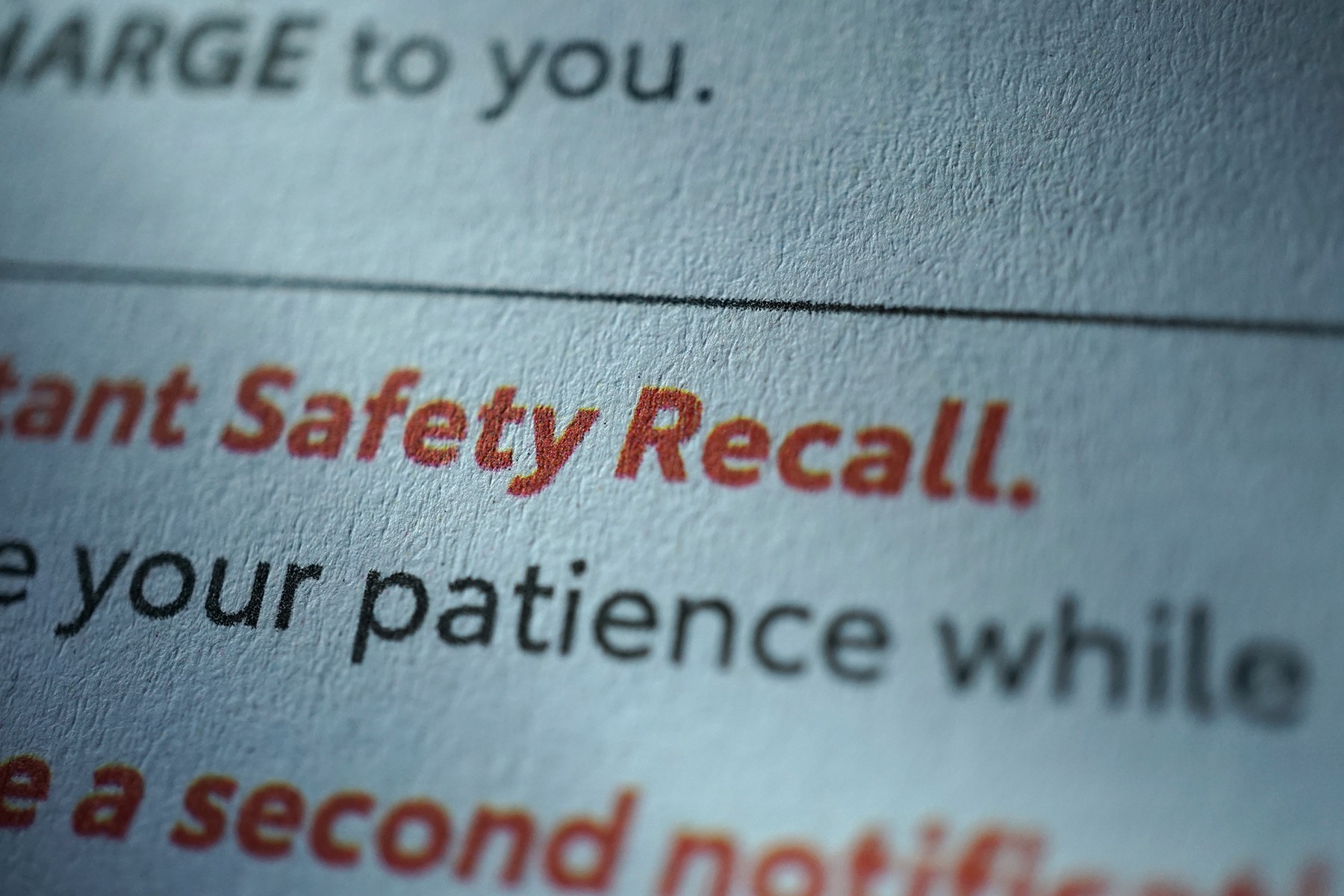Comparing the Good Cost of Quality vs. Poor Quality
It can be difficult for quality managers to get budgets approved for new investments in quality, whether we’re talking about an automated Quality Management System (QMS) or a new ISO certification effort.
But when you break down the numbers, it’s clear these investments can easily pay for themselves many times over, even just a short time after implementation. In this post, we’ll compare the costs of good quality versus poor quality to show how this works.
Costs of Good Quality
Before we talk numbers, it’s helpful to discuss for a moment exactly how good quality and poor quality costs companies money.
The costs of good quality are broadly broken down into prevention costs and appraisal costs. Prevention costs include things like:
- Quality management and programs.
- QMS Software.
- Process control.
- Employee training.
- Design reviews.
Appraisal costs include activities such as:
- Inspection and testing.
- Equipment monitoring.
- Audits.
Costs of Poor Quality
The cost of poor quality (COPQ) are broken down into two categories, internal failure costs and external failure costs.
1. Internal failure costs are those discovered before they reach the customer, including:
- Scrap and rework costs.
- Productivity costs.
- Material replacement costs.
2. External failure costs are those that reach customers. Ultimately, these errors cost 5 times more to fix than when companies catch them internally. External failure costs include:
- Customer complaint handling.
- Warranty claims.
- Return costs.
- Regulatory fines and penalties.
- Less tangible costs like brand damage and loss of customers.
But How Much is the Cost of Quality?
The cost of good quality is as variable as the company. Some companies invest a lot in proactive quality management and planning, while others make do with patchwork systems and reactive programs aimed at solving problems after they occur. As an example, hiring an ISO consultant could cost somewhere around $20,000-30,000.
As for COPQ, the American Society for Quality (ASQ) says this can add up to anywhere from 10 to 20 percent of a company’s revenue. If ABC Manufacturing has $100M in annual revenue, poor quality adds up to $20M each year, or almost $77,000 for each day in the workweek.
That’s $77,000 in wasted time, material, energy and productivity, every single day. By any measure, that’s not a small sum.
What’s the Cost of Quality ROI?
Extending our math problem out, every percentage point ABC Manufacturing is able to decrease COPQ puts $1M back into the company bottom line annually.
How much can companies reasonably expect to reduce COPQ? For companies who have achieved Six Sigma, it can be lower than 1 percent of revenue. The cost savings for achieving progressively lower COPQ levels are outlined below for ABC Manufacturing:

It’s easy to see how the savings quickly add up, especially for companies struggling with a high COPQ. Picking off the low hanging fruit and even reducing COPQ by half can save millions, likely at a much lower cost than the investments required to get there.
So if you’re one of the many quality managers who have trouble getting approval for needed quality improvement projects, the question really becomes, can your company afford not to invest in quality?


